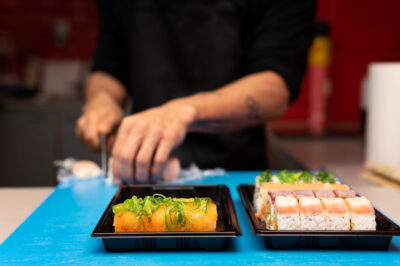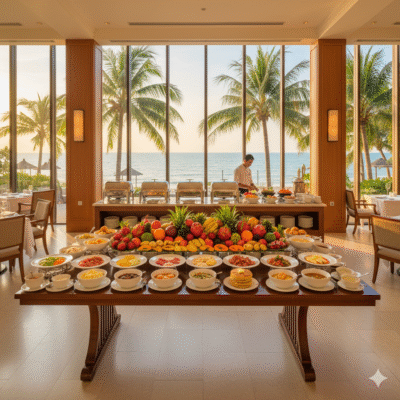Chinese cuisine is one of the most popular around the globe with many restaurants and fast food joints serving hundreds of portions every day to people of all nationalities. However, you might love Chinese food, but how well do you actually know it? Here are some facts you probably didn’t know:
Chinese cuisine is one of the healthiest in the world
One of the most attractive aspects of Chinese food is its health benefits. Chinese people use a lot of fresh ingredients and focus on the balance between carbs, protein, and fiber to provide the body with everything it needs for normal functioning. A lot of healthy cooking methods like steaming and boiling are used in Chinese cooking every day. Also, the use of medicinal herbs in cooking is frequent, so you can have many meals with medical properties.
The cuisines around China differ significantly
Due to the difference in geography, climate, dietary needs, and production, there are various Chinese cuisine regions. The most famous and influential cuisines are Sichuan, Cantonese, Shandong, Jiangsu, Fujian, Zhejiang, Hunan, and Anhui cuisines. However, if you have the chance, make sure to taste Beijing, Northeast, and Uygir dishes as well.
Five main flavors
According to traditional Chinese medicine, every dish needs to have five key flavors present and well-balanced—sweet, sour, bitter, salty, and spicy. Across the huge country of China, some flavors tend to pop, so we have Sichuan cuisine that’s famous for its spiciness, Northern cuisine that prefers salty flavors, and Hong Kong cuisine that prefers sweet and savory mix.
All in all, if you want to get to know Mandarin cuisine, check out its 50 most famous dishes and you’ll get to experience the true variety of the food people use in China. The pure act of reading about these meals will make you desperate for steamed buns or hot soup!
Food is meant to be shared
Chinese meals are mostly shared communally, so they are served in the middle of the table with people seated around, each one with their rice bowl. For easier sharing, many restaurants use Lazy Susan turntables, so that everyone can reach food. In more traditional and homely settings, the guest of honor is usually seated away from the door and all dishes are pointed at them (chicken, duck or fish heads turned towards the honored guest).
The great North/South divide
China is a big country, so the northern region and the southern region have completely different environments which result in differences in food staples people grow. Traditionally, northerners eat flour, while southerners eat rice. However, in modern times, better transportation smoothed this divide significantly. Still, Chinese people in the south eat rice or rice noodles with every meal and they very rarely consume wheat.
Freshness is the most important
Wet markets where people buy freshly-butchered animals, live fish, and freshly-picked veggies and fruits are present on almost every city or village block. Many Chinese people visit these markets every single day to fill their pantries and fridges with fresh produce.
Traditionally, tinned food is not very popular in China. Also, according to traditional Chinese medicine, one must eat food that’s in the season to balance their yin and yang, cold and hot weather or dryness and dampness.
Everything is bite-sized
Chinese people don’t use knives and forks to eat—they have a violent connotation. Instead, they use chopsticks! However, since you can’t use these utensils to cut food (even though they are called CHOP sticks), all food is cut into small, bite-sized pieces or cooked softly.
The use of disposable chopsticks is quite problematic today because every citizen uses about 2 or 3 sets per month (and the population of China is almost 1.4 billion). Luckily, the government created a Disposable Chopstick Tax in order to reduce usage and waste and preserve forests.
Presentation is the key
If you ever step into a Chinese restaurant, especially the one that specializes in Jiangsu cuisine, expect to be blown away by the food presentation. All food is served in intricate patterns and lifelike shapes and decorated with complicated vegetable and fruit carvings and decorative herbs. The old saying goes: “the first bite is taken with the eyes”, so it needs to be pretty.
Are you hungry yet? Well, if you feel peckish, consider prepping a Chinese-inspired meal or order some authentic takeout—every part of your body, from taste buds to your eyes will be completely satisfied!










